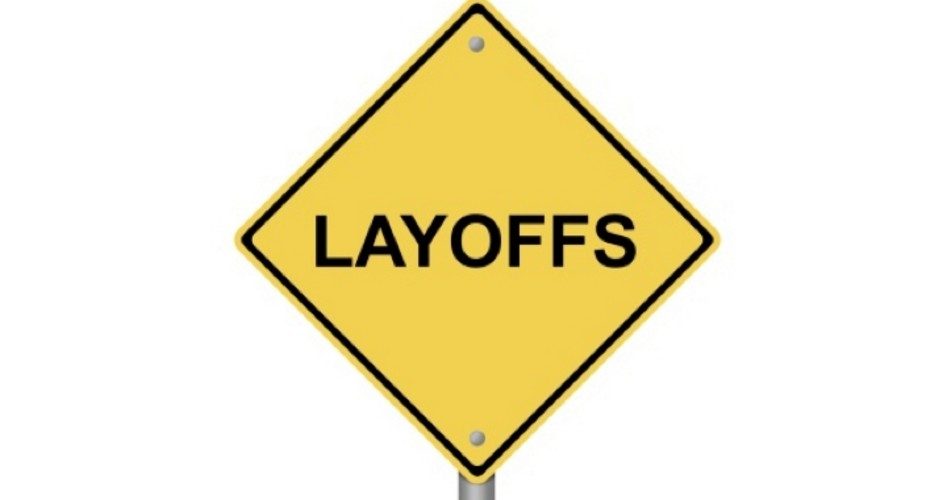
In a letter to his union workers at U.S. Steel’s pipe and tube plant in Lorain, Ohio, Tom McDermott, president of United Steelworkers local 1104, was blunt:
The company has suddenly lost a great deal of business because of the recent downturn in the oil industry. What appeared just a few short weeks ago as being a productive year … has most abruptly turned sour.
So sour that U.S. Steel is idling 614 or its 700 workers in Lorain, along with all 142 of its workers in its Houston, Texas plant.
This is likely to be just the beginning. Even as U.S. Steel poured hundreds of millions into its gamble that producing “oil country tubular goods,” or OCTG, would reverse years of losses, other steel makers have done the same: France’s Vallourec SA built a $650-million mill in Youngstown, Ohio, that produces 500,000 tons of pipe and tubing for the oil patch every year. Nucor Corporation, Steel Dynamics, ArcelorMittal, and AK Steel Holding have also invested heavily in plants from Ohio to Texas, hoping to participate in the oil industry’s boom.
U.S. Steel’s CEO Mario Longhi told analysts back in October, when oil was at $80 a barrel, that the decline was coming:
The recent turmoil in the crude oil markets could have an impact on the level of drilling activity as we move into the new year….
We are at a transitional moment that is going to take a little bit of time for people to sort out exactly where this is going to go.
Now Longhi knows, and the future isn’t pretty. U.S. Steel stopped all production at its plants in McKeesport, Pennsylvania, and Bellville, Texas. Spending on oil exploration and production is expected to decline by at least 20 percent in 2015, with some large producers such as Oasis Petroleum cutting their capital expenditures in half. Rig counts are already falling with some estimating a third of them will be idled by the summer.
The ripple effect of the shuttering of the steel plant in Lorain will also shut down Republic Steel’s raw steel plant that is its primary supplier.
That same ripple effect is already impacting workers. Bernard Weinstein, a professor at Southern Methodist University in Dallas, said that 25 percent of all the oil and gas workers in Texas may lose their jobs before oil prices rebound. But that’s just the beginning:
The oil and gas industry out there in the field maybe employs … 400,000 people. But there are 9 million people nationwide whose livelihoods depend on … what happens in the oil and gas industry.
Anyone who is indirectly tied into the energy business could eventually feel the effects of the slowdown. Laurie Larrea, head of Workforce Solutions in Dallas, explained:
Anyone that’s in the supply chain, anyone who’s a vendor that primarily dedicated to the oil and gas industry … they may see an effect.
It’s also going to affect local housing markets, car dealers, and those who sell Harley Davidson motorcycles. Don Tettaton is a 48-year-old crane operator at Republic Steel whose brother works for U.S. Steel. He has lived through past booms and busts and gave some advice to newcomers who haven’t:
With overtime, guys have been making over a hundred thousand [dollars a year]….
I tell them not to go out and get a new house, a Harley and a $600 car payment. There has never been a steel industry without boom and bust.
It’s already impacting the value of mineral rights. Last summer Rick Lucente, a steelworker at Republic Steel, was offered $180,000 for mineral rights on property he owns in Harrison County, Ohio. Thinking the boom would continue uninterrupted, he turned it down. In December, he changed his mind and accepted a new offer at $132,000.
And Lorain’s $30-million budget is likely to suffer at least a 10-percent haircut. U.S. Steel paid the city $1.8 million in taxes last year. And the ripple effect is likely to reduce its revenues further.
The last time an oil boom turned into a bust was in the early ‘80s when a similar decline in demand, coupled with huge and increasing supply, pushed prices down from $35 a barrel to below $10. Using an inflation calculator, the last glut might portend just how far crude oil prices could fall. Adjusted for inflation, crude fell from $100 in 1980 to below $22 a barrel six years later.
It was at least another 15 years before the fracking boom rescued the oil patch and resurrected it.
A graduate of an Ivy League school and a former investment advisor, Bob is a regular contributor to The New American magazine and blogs frequently at www.LightFromTheRight.com, primarily on economics and politics.
Related article:



